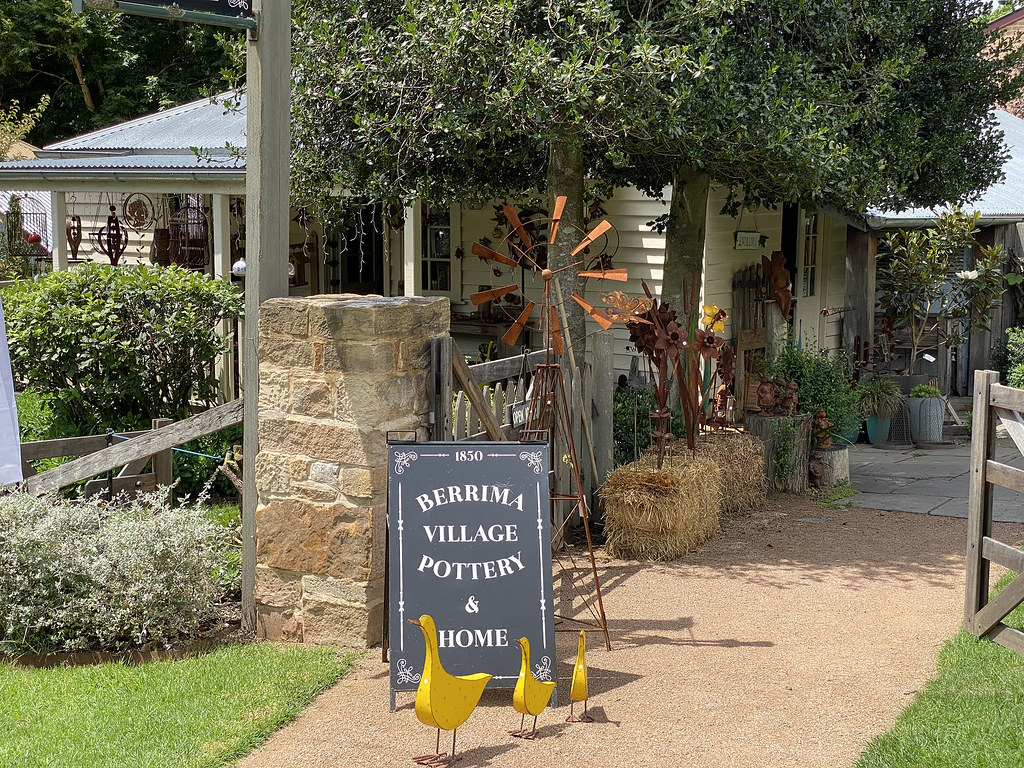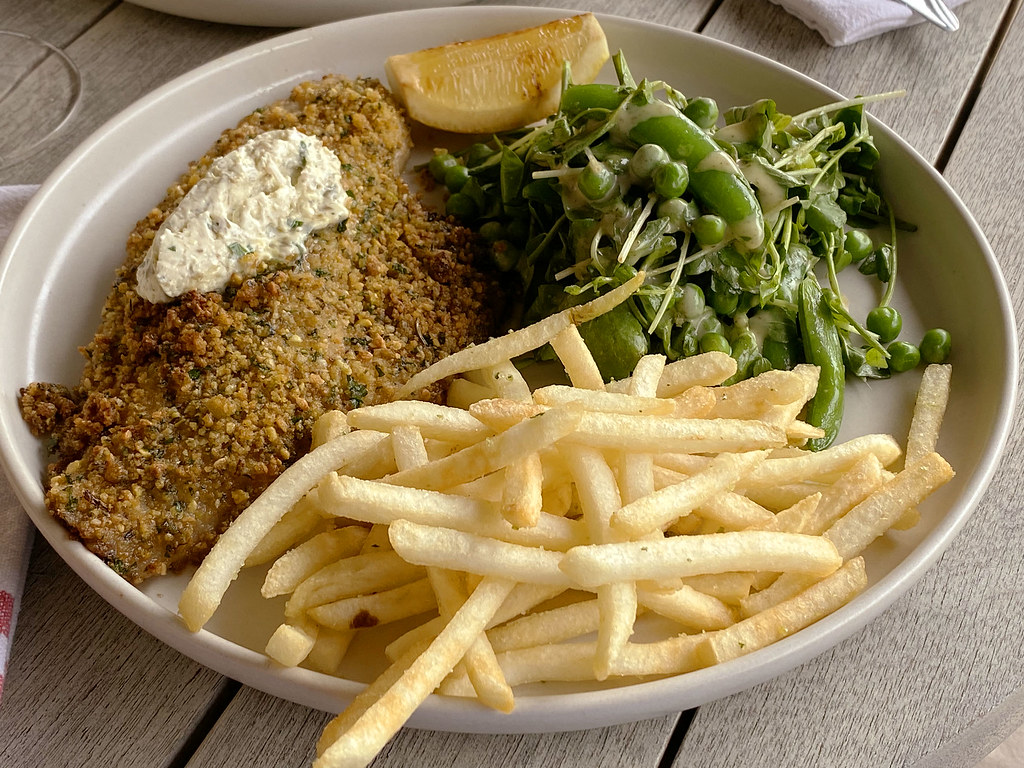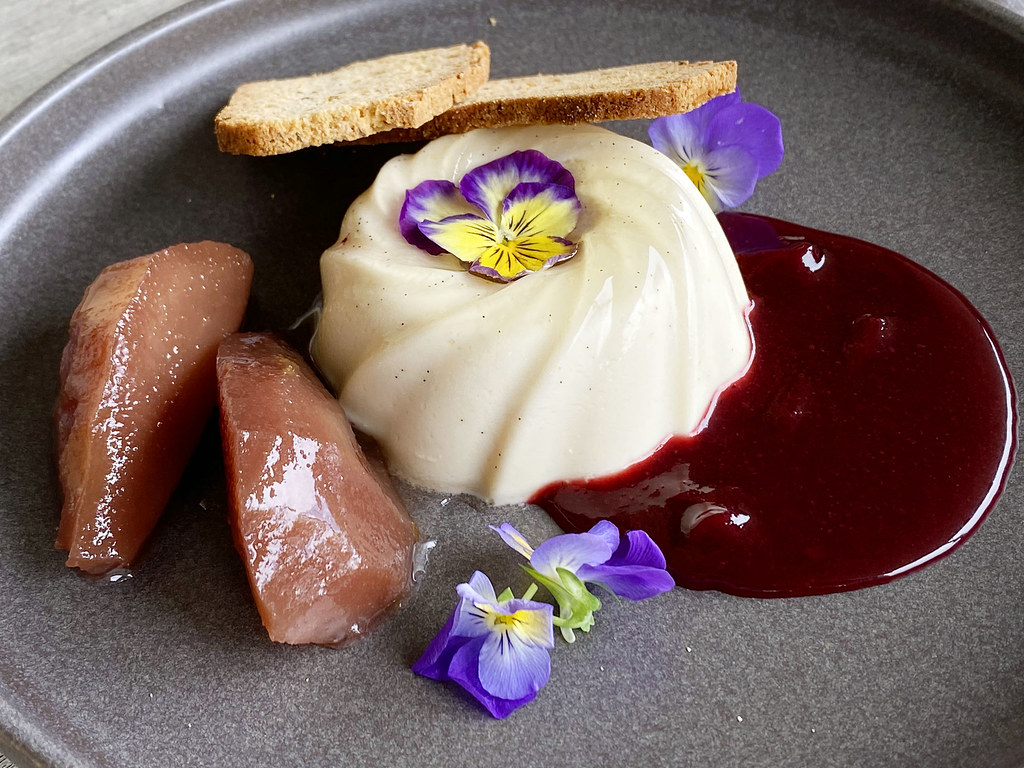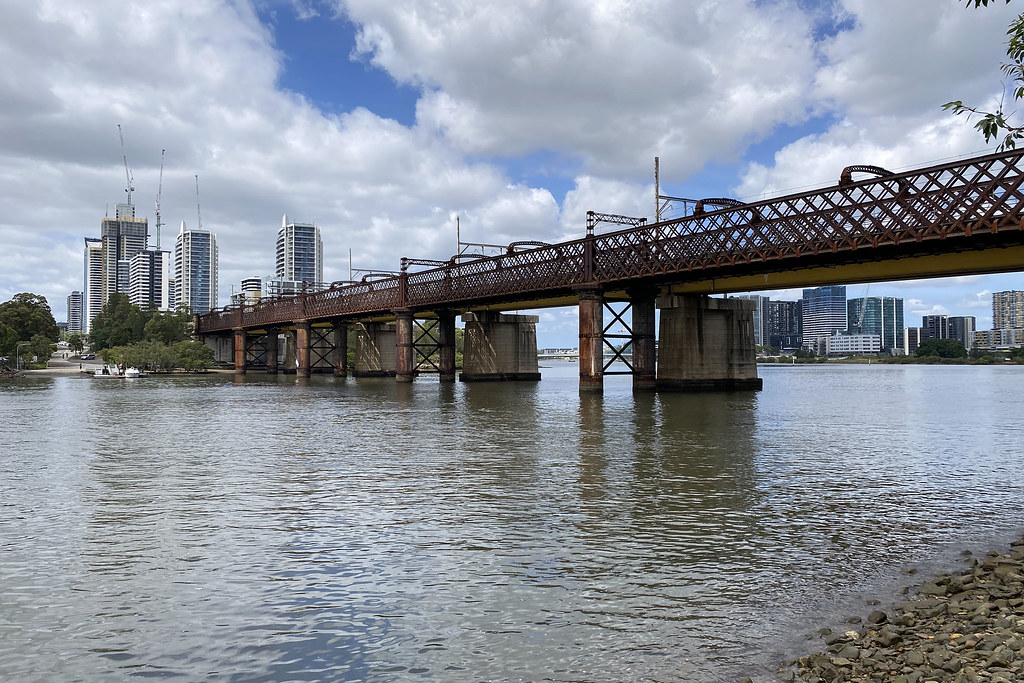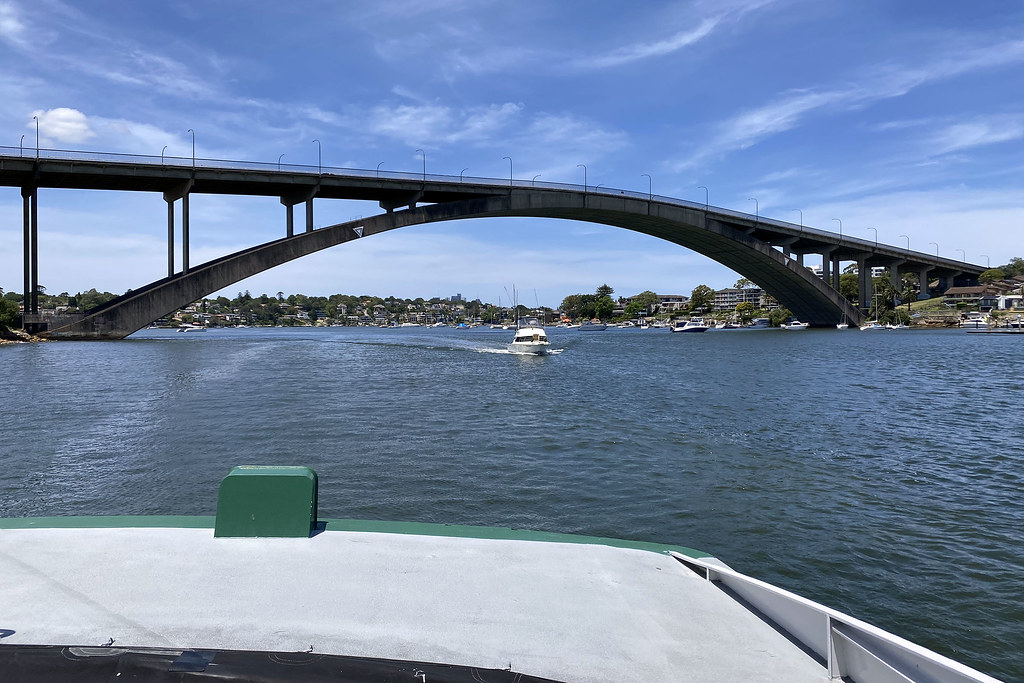Wednesday 15 November
It’s been a very busy day. We began waking up with an alarm at… 06:54. I said last night we should get up at 06:55 and I set an alarm. But when morning rolled around, M.’s alarm went off and mine didn’t. The reason: she set hers a minute early just to get in before me!
We got up and had showers and breakfast. We finished off the first batch of muesli and milk, so will need buy more when we come back to Rome tomorrow. Because today we were leaving early to get a train to the town of Orvieto, in Umbria. A train left from Roma Tiburtina station at 09:12, and we had to walk to the Spagna metro station, get a train to Termini, then change metro lines for a train to Tiburtina. We were only carrying overnight bags, leaving our main luggage in the apartment in Rome. At Tiburtina, I used a ticket machine to buy tickets to Orvieto and return tickets for tomorrow. They were cheaper than I expected at about 8 euro each.
We were at Tiburtina with time to spare, so M. got a coffee there, and then we went down to the platform to wait for the train. The one before was going to Venice, and ours was destined for Florence, but we were only going four stops to Orvieto. The train took us out into the countryside around Rome and north to Umbria, eventually to Orvieto. Along the way, first the ticket inspector came to check our tickets. Then later three police officers walked through the train, checking everyone’s ID. I saw them looking at other passengers’ driving licences, and when they got to us I said (in Italian) that we were from Australia and spoke English, and the officer asked in good English to see our passports. He took photos of them and handed them back. We have no idea what they were doing, if it was just a random patrol or if they were actually looking for something.
Orvieto is a medieval hilltop town, built on the remains of an ancient Etruscan settlement, on top of a large plug of volcanic tuff and pozzolanic ash, rising about 160 metres above the surrounding plain. The best way to get from the station into the town, up the hill, is via a funicular railway that operates every 10 minutes. Or at least it does normally. When we got there it was out of service and they were running buses to replace it. We bought tickets and crammed onto a bus with about 70 other people for the 7 or 8 minute journey up the hill. The bus dropped us at the top funicular station.
From here the first thing we did was walk over to the nearby lookout, which gave panoramic views across the Umbrian countryside. After taking several photos, we walked into the centre of the town to find our accommodation. It’s a B&B called Sant’Angelo 42, easy to find since the address is Via Sant’Angelo 42, behind the church of Sant’Angelo. A woman greeted us at the door and took photos of our passports, then showed us to the room. It’s a very nice room, large and with a very large bathroom, all tiled with red clay tiles.
After dropping our bags we went to explore the town, walking down the main street to the piazza and then through to the western end of town, where there was another spectacular view. The town was very quiet, with very few people about. A few locals, an occasional tourist or two, and that was it. It was obviously a good time to come here, out of peak season. Compared to the bustle of Rome, it was a peaceful breath of fresh air. M. spotted a small bakery called La Nostra Terra, where we bought lunch: a zucchini pizzette for M. and a slice of pizza with some sort of ham for me. We also got some biscuits, one with almonds and raisins for me and a couple of tazzetti for M., chocolate and orange. She said the orange one was really good.
We walked west to the medieval quarter of the town, where there were many old houses and walls, built on different levels as the narrow cobbled streets diverged up and down hills. There was another spectacular lookout at the western end of the town, at the top of a medieval wall that led us around to the south, over the top of one of the only two roads that led into the town.
In this area we stumbled on the restaurant Le Grotte del Funaro, which was one of the Orvieto restaurants that Debora had recommended to us. And just a few metres around a corner we found Mezza Luna, another one she recommended. M. liked the look of this one, which was lively with people eating a late lunch. I went in and asked if we could have a dinner reservation, but the staff said they were fully booked for the evening. The place was small, a single room down a set of stairs, with room for maybe 20 cramped diners. So we went back to Le Grotte del Funaro and asked there, securing a dinner booking for 19:30. This place was also downstairs from street level and looked a lot bigger inside.
We walked around the old medieval wall to the south, getting more views and picturesque medieval buildings along the way. We ended up in the Piazza del Duomo, approaching the huge Duomo di Orvieto from a narrow street directly in front which revealed ever more of the enormous facade as we approached. The Duomo is simply stunning, ridiculously large for such a small town, and decorated with rich paintings and gold all over the front facade. The sides are horizontally striped with alternate layers of white travertine and blue-grey basalt, which is repeated in the interior walls and columns. Entry was 5 euro each and worth it to see the magnificent interior with amazing paintings in the chapel. Many of the windows were thin layers of translucent marble instead of glass, letting in some light but opaque from the outside. While here I checked the time for guided tours in English of the Orvieto Underground. The only one in the afternoon was at 17:15, so we said we’d come back and get tickets later.
We continued walking around the southern side of the town, heading to the Pozzo di San Patrizio, the Well of Saint Patrick. This was not far from the upper funicular station where the bus had dropped us. The well is a spectacular circular shaft descending 53 metres straight down into the rock to reach the water level. Twin staircases descend into the well in a double helix, designed that mule teams could go down one staircase, collect water at the bottom, and ascend via the there staircase in a continuous loop. We walked down 248 steps to the bottom, and back up 249 steps to the top. I guess the builders were a little irregular in their step spacing on the two spirals. The views from the arched windows between the staircases and the well shaft were amazing.
After experiencing the well, we walked around more of the town, exploring some of the northern parts this time, although they were a bit more modern and not as interesting as the central areas. This was on the way back to the Piazza del Duomo to get tickets for our 17:15 tour of the Orvieto Underground.After getting ticket, we took a few minutes walk to the nearby lookout to the south. The tour group gathered outside the ticket office to wait for the guide as the sun went down, bathing the Duomo in sunset light.
Our guide appeared, a lively woman named Cristiana, who led the tour group of 23 people towards the same lookout and there through a gate to a path below the top of the cliff. She opened another gate into one of the caves, leading into a large room where she explained the basics of the Orvieto caves. The rock that Orvieto is on is a mixture of volcanic tuff and pozzolanic ash from ancient volcanic eruptions. The Etruscans first built a town on top of the hill around 500 BC, excavating many caves below the surface for use as cellars. It was easy to dig in the soft ash. The town was abandoned for some time and repopulated in medieval times, and the occupants then excavated further caves, digging cellars below their houses for various uses such as crushing grapes and olives for wine and oil, storage, and so on. She said there were around 1200 known caves, and people kept finding more.
Cristiana led us through a series if connected caves, which had been used for a very particular purpose. They were just inside the cliff wall and had open windows which could see out the side of the cliff. Inside the walls were lined with small niches – literal pigeonholes, where the residents would get pigeons to nest. The pigeons could fly out to feed themselves and would return to their nests, giving them free meat. Only the wealthy residents of Orvieto could raise pigeons like this, and they sold some of the meat to the poorer people. More modern passages had been dug through to connect several to these caves, and there were also other rooms used for pressing olive oil and raising and slaughtering livestock.
We went out of this cave system and along the path a bit further to another cave system, this one larger, and with more levels. She showed us an Etruscan well, which was a narrow rectangular shaft, dug by a single worker, with another worker hauling up the loose ash. The worker cut niches in each side of the shaft so they could climb with one foot and one hand each on opposite sides of the shaft. They had to dig these well shafts 90 metres down to reach the water level, which was just amazing to think about.
After this very cool tour, we returned to our room to rest for a little before heading out for dinner. We returned to Le Grotte del Funaro and were led through a system of caves very similar to the ones we’d just toured, although in this case decorated nicely as a restaurant. We were shown a table in one of the interior rooms, which had a small window looking out the side of the cliff. The restaurant looked pretty classy, very different from the noisy vibe of Mezza Luna.
We ordered appetisers of panzaretti—a sort of terrine of fresh vegetables and breadcrumbs, dressed with balsamic vinegar and a “special” olive oil described as having won a 2023 competition for best tasting olive oil—and a dish described as bocconcini di crepes, which was a crepe rolled around a selection of finely julienned vegetables dressed to be something like coleslaw, then cut into bite-sized morsels. These were both good, with the panzaretti being really fresh and crunchy. For our main courses we both selected the ombrichelli pasta, a sort of thick, rustic spaghetti with some variation in cross-section. M. had pesto sauce and I had mine with Orvieto black truffle. M. described hers as the best pasta she’s ever had in her life! I tried a little and it tasted like it was loaded with pecorino cheese. The truffle pasta was good, but not the best I’ve ever had. After this we decided to have dessert. I had apple strudel, which came with whipped cream and caramel sauce – unusual, but the caramel suited the apples. M. had tozzetti and vin santo, the classic dessert of Italian biscuits and a glass of sweet dessert wine to dip them in. Although she really just wanted the biscuits and let me have the wine.
After dinner we walked slowly back to our room for the night, very full but very satisfied with an excellent dinner.


